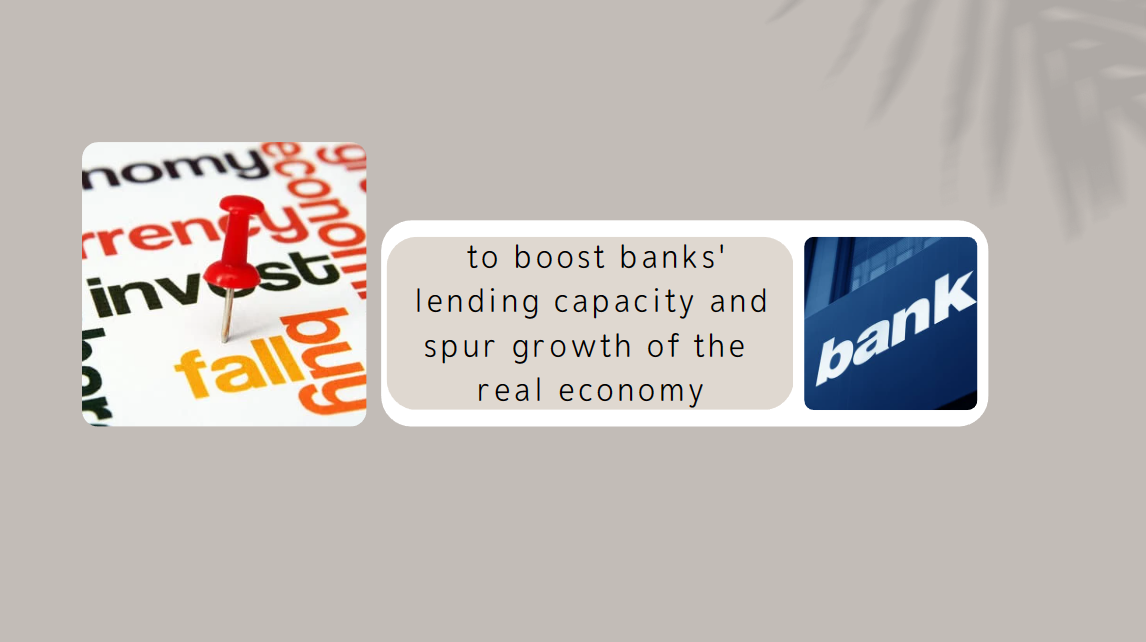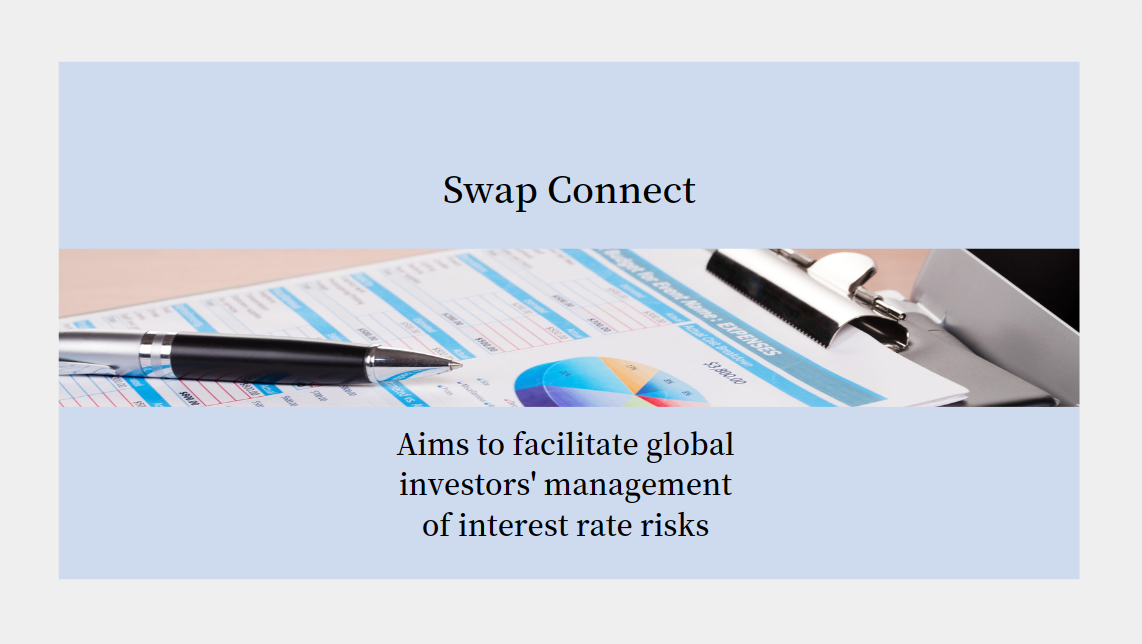Key banks' deposit rate cuts expected to bolster real economy
Recent cuts to time deposit interest rates by a number of commercial banks in China are expected to boost banks' lending capacity and spur growth of the real economy, experts said.
Over the past month, several key commercial banks had nudged their deposit rate lower. Earlier this month, several mid-sized commercial banks, including China Zheshang Bank Co, Hengfeng Bank Co and China Bohai Bank Co, lowered their deposit rates on some tenors by 10 to 30 basis points.
After the adjustment, China Zheshang Bank Co will pay 2.9 percent on three-year deposits and 2.95 percent on five-year deposits, down from 3 percent and 3.25 percent, respectively.
On Monday, the People's Bank of China, China's central bank, rolled over maturing medium-term lending facility or MLF while keeping the interest rate unchanged at 2.75 percent.
In a statement late on Monday, the PBOC said China's economy is not experiencing a deflation.
Price rises are still moderate, with the core consumer price index rising 0.7 percent year-on-year (in both March and April), and broad money supply and social financing relatively fast-growing. The economy is ever improving and does not fit the definition of deflation, the PBOC statement in Chinese said, adding the economy does not exhibit conditions that indicate long-term inflation or deflation.
Experts believe the current situation does not warrant a policy rate cut.
Meanwhile, with deposit rates coming down at several key banks, their profit margins will increase and profitability pressure on banks will ease.
Zhou Maohua, an analyst at China Everbright Bank, said deposit rate cuts appear to show banks' urge to maintain their profitability, as they had been facing squeezed profit margins in recent years.
"On the one hand, with China constantly deepening its market-oriented interest rate reform, banks now have more mandates to manage their costs. On the other hand, with household savings up sharply and many savings turning into time deposits, banks' cost of liabilities has increased," Zhou said.
Households' increased willingness in the past three years to save money due to the COVID-19 situation has led to a sharp increase in deposits.
Household savings surged by 9.9 trillion yuan ($1.42 trillion) in the first quarter, after a record growth to 17.8 trillion yuan in 2022, according to PBOC data. Net interest margins, a key measure of banks' profitability, hit a record low of just 1.91 percent at the end of 2022, the first time since 2010 that figure dropped under the 2 percent line, according to data released by the China Banking and Insurance Regulatory Commission in April.
In April, some smaller banks in China cut their time deposit interest rates, following a similar move by the country's larger banks last year.
Gao Ruidong, chief macroeconomist at Everbright Securities, said that while banks are adjusting their deposit rates to battle shrinking margins, such cuts will help channel more cash from the savings pool into the real economy.
"With an overall downtrend in deposits, net margin pressures in the financial system will ease, creating more space for banks to facilitate the real economy.
"Easing net interest margin also generates greater possibilities for lower lending rates. We expect further cuts to lending rates if there is more fresh momentum in the ongoing economic recovery," Gao said.





















































First, please LoginComment After ~